‘These absurd temporary objects are made in a material that literally will last forever’
Floral arrangements, food and a funereal mood form the basis of American sculptor Genesis Belanger's new show at The Aldrich. As featured in the October 2020 issue of Wallpaper*
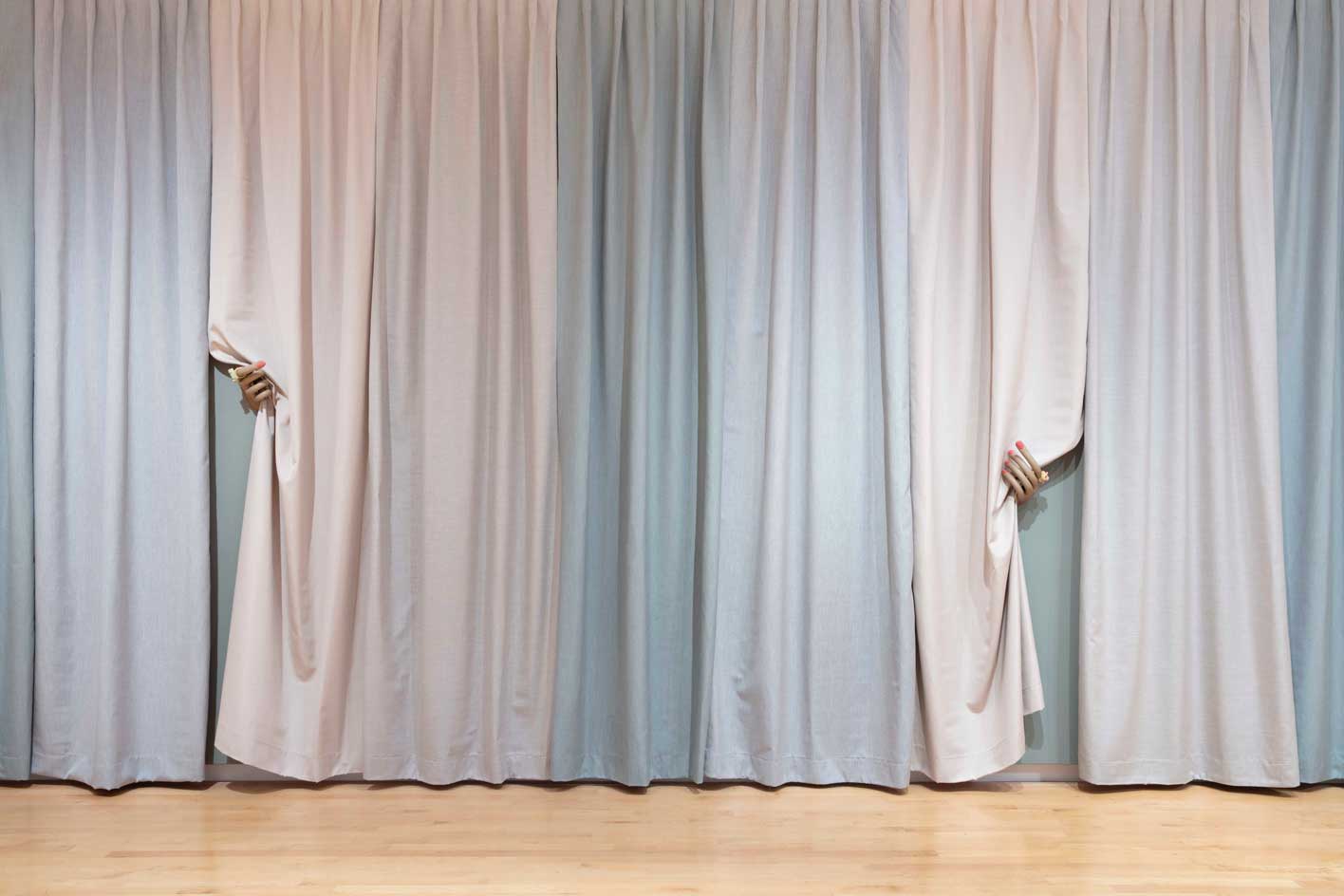
One blustery morning in early February, Genesis Belanger is showing us around her studio, in a 1930s industrial building in Brooklyn. The American sculptor is at a pivotal moment in her career – having mounted an installation for the New Museum’s Storefront Window last year, she is now working on solo exhibitions for The Aldrich Contemporary Art Museum in Ridgefield, CT and the Consortium in Dijon, France. Works in progress dotted throughout the space suggest recent, frenetic activity, yet the atmosphere is also oddly subdued: four moodboard images pinned against a wall show historic interiors with furnishings cloaked in dust sheets; in the space nearby, what appears to be a dining table, chair, ottoman, upright piano and fireplace – custom-made plinths for Belanger’s ceramic works – are similarly shrouded in muted grey fabric.
The funereal mood, which now seems to have presaged the imminent pandemic, reflects Belanger’s fascination with ritual. ‘I was thinking of how any transition, even a positive one, results in a period of grieving, because change is inherently a loss. That brought me to the question: how do we support people in the most extreme circumstances?’
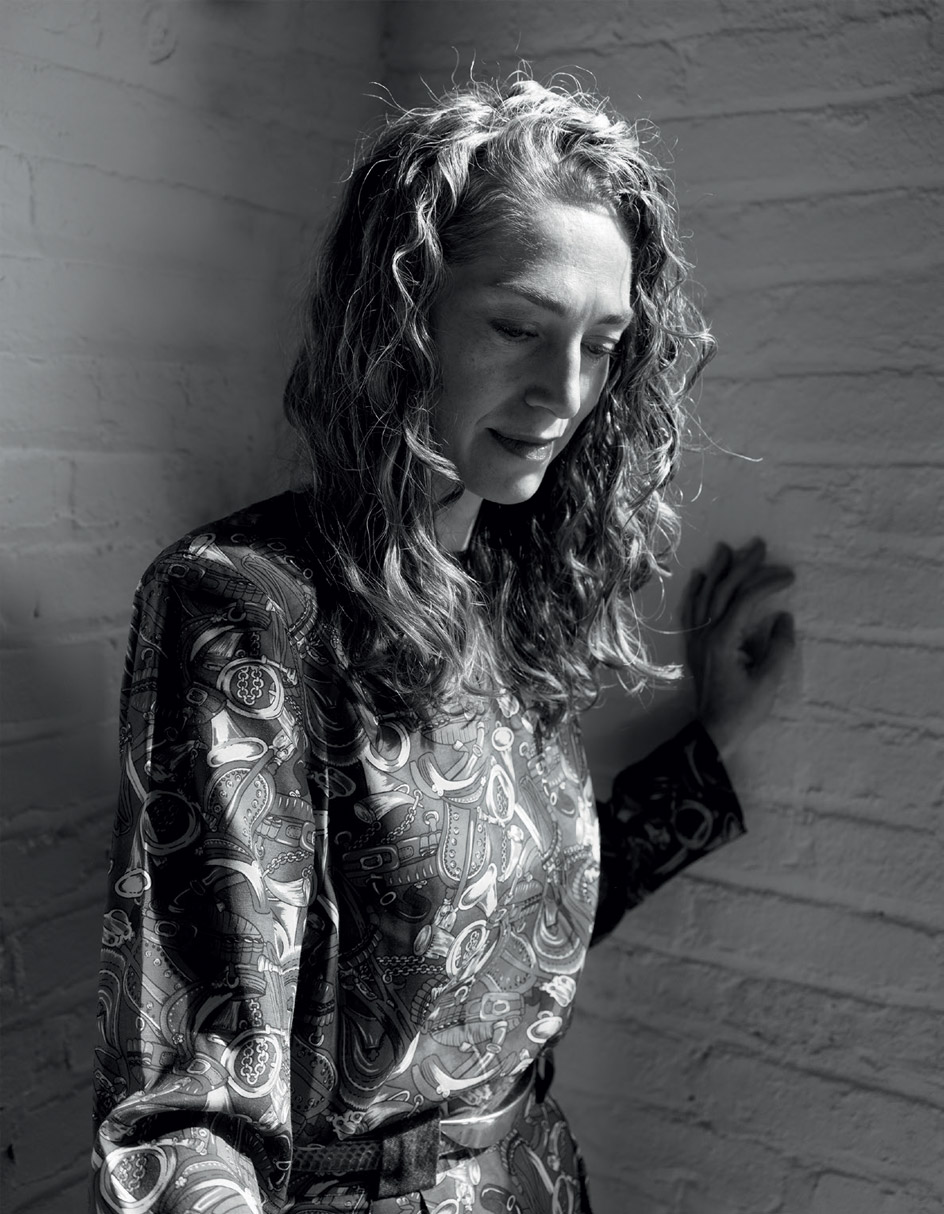
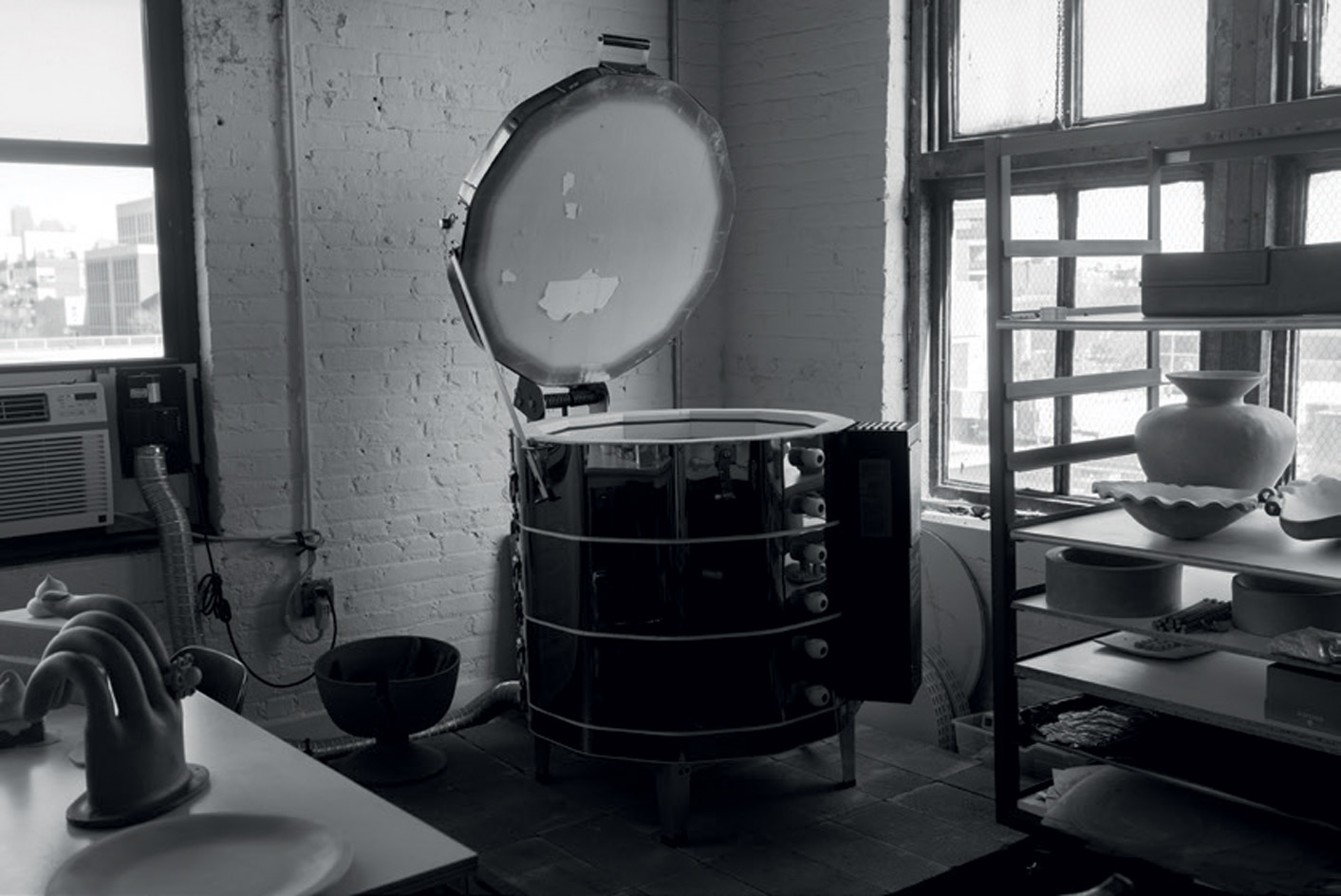
Above: Genesis Belanger in her Greenpoint, Brooklyn studio this March. Below: the Skutt automatic kiln the artist uses to fire all her sculptures.
The answer, Belanger noticed, often comes in the form of bouquets and dishes of food, which are the starting point for her Aldrich show. Among her new sculptures are a meal tray for one, fruit bowls, and neatly configured floral arrangements, in a soothing palette of pastel and neutral tones. Each element is slyly subverted – the fruit looks bitten into, with apples almost reduced to their cores, and in a surrealist touch, beckoning fingers and lips sprout among the flowers. The tableau is completed by an array of outsized pills (a comment on how pharmaceuticals seem to have become part of the American diet, she says), and burnt candles and matches that highlight the passage of time.
Subtly humorous beneath their mundane surface, these objects are typical of Belanger’s artistic output, which has explored such themes as the manipulative tactics of the advertising industry, where she had worked as a prop stylist before her MFA; the objectification of women; and the inner lives of ordinary people (her New Museum show centred on a receptionist’s desk, with an open drawer revealing what one might consume to cope with daily stress). Compared to her earlier work, the Aldrich pieces hit a more sombre note that feels in tune with the times.
‘These absurd temporary objects are made in a material that literally will last forever’
RELATED STORY

Belanger has devoted equal attention to her furniture-shaped plinths: ‘I want them to also participate in this moment when humans almost emotionally recede from their lives,’ she reflects. Their clean, modernist forms often incorporate salvaged bits of midcentury furniture. Supporting the dining table, for instance, are bases from Charles and Ray Eames’ ‘Aluminum Group’ chairs, which have been powder coated to match the tabletop fabric. Belanger is careful to highlight that the use of midcentury American motifs isn’t rooted in nostalgia: ‘It’s the idealised myth that fascinates me, because of the political climate here, with President Trump declaring that he’s going to Make America Great Again. But that’s never going to happen.’ Drawing attention to the human cost of midcentury prosperity, she also gave a set of lounge chairs bronze fingertips for legs: her way of making idealised forms more relatable, and alluding to how ‘certain people are almost utilised like objects’.
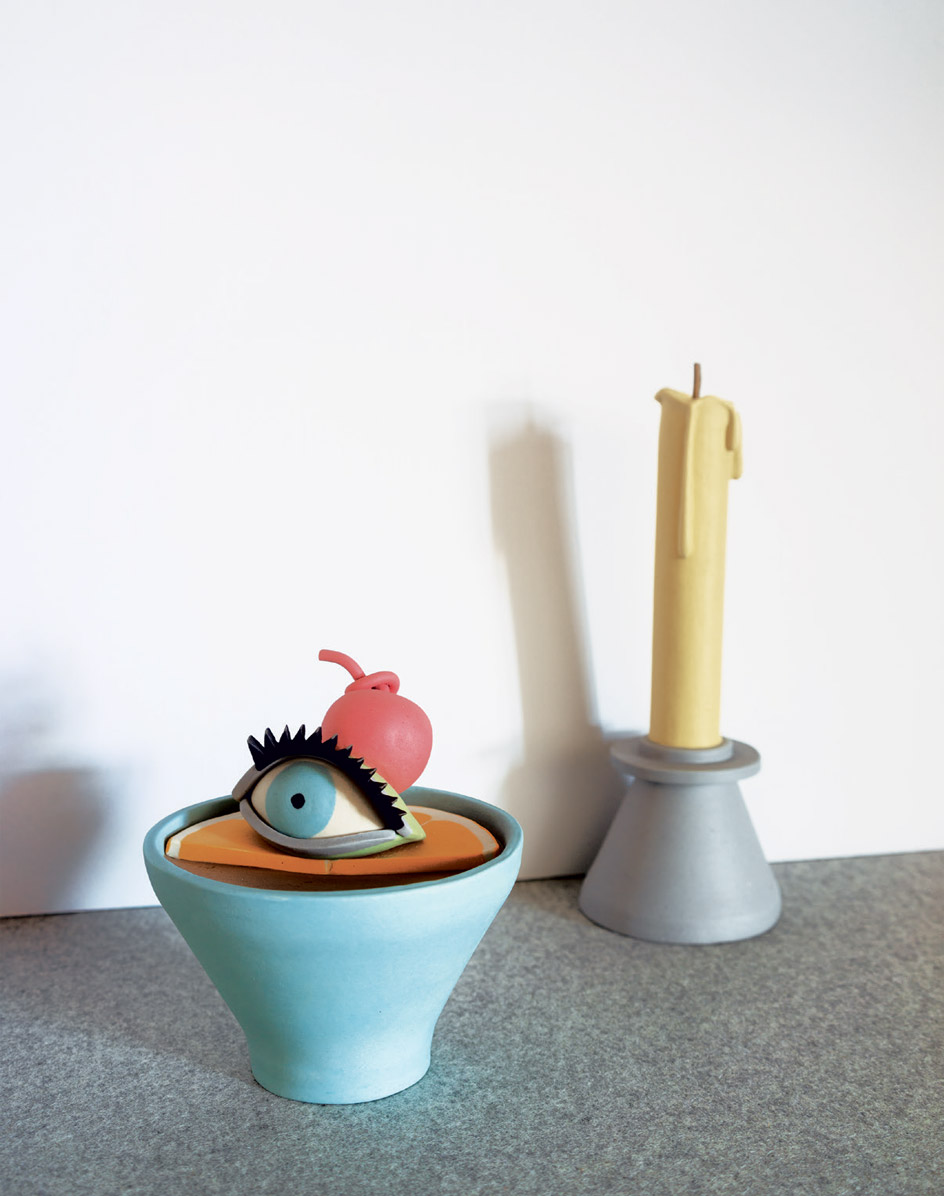
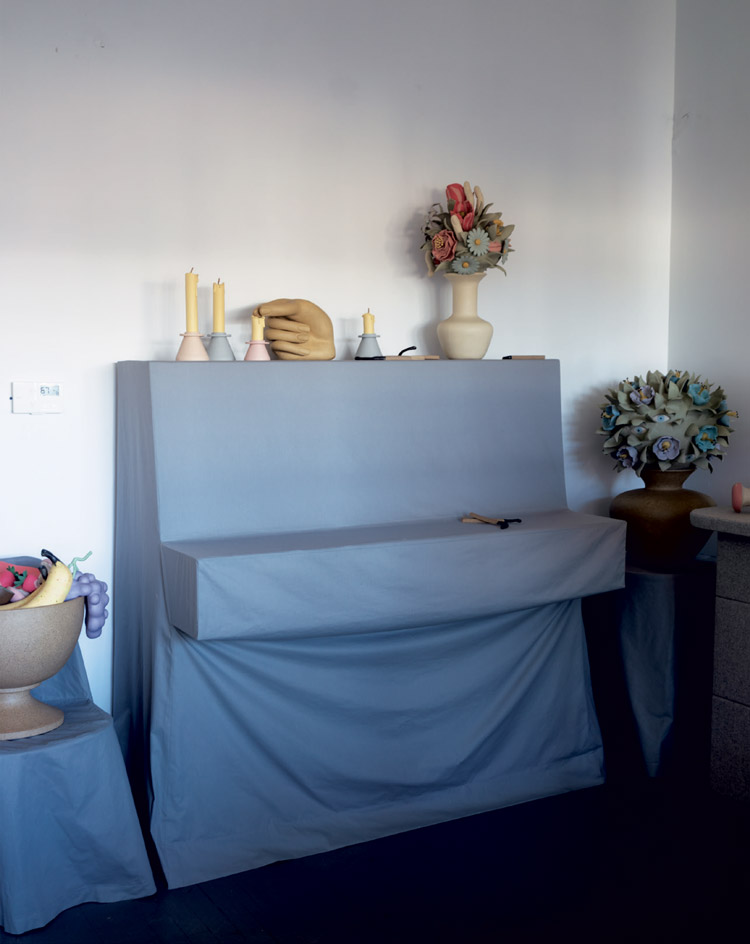
Ceramic works in Belanger’s Brooklyn studio, including pastel-hued floral arrangements, candles and bowls of fruit with surreal twists.
The Aldrich exhibition – since postponed to mid-September – will be Belanger’s solo institutional debut, and while the museum is small, it has a strong track record, offering first museum shows to the likes of Olafur Eliasson, Huma Bhabha, Kaws and Mark Dion. Belanger’s prospects look good, even as the new show suggests collective disquiet: the ceramic sculptures and their plinths will constitute one elegiac space, while a separate, smaller corner will be dressed up as ‘a little purgatory’, comprising a push-button phone, a long bench and plants; and a 30ft-long pleated curtain in muted tones will line an entire gallery wall, alluding to ‘what lies beyond’. The show’s title, ‘Through the Eye of a Needle’, refers to the Christian adage that it’s easier for a camel to go through the eye of a needle than for a rich man to enter the kingdom of God. Explains Belanger: ‘We exist in this world, where we’re just trading stuff, and accumulating stuff, but ultimately that is super temporary.’
Would Belanger say the same of her own artworks? ‘These absurd temporary objects are made in a material that literally will last forever,’ comes the reply. ‘Archaeologists of the future can dig up some weird cigarette butt or lipstick, and infuse meaning into it that was never present.’
This article originally appeared in the October 2020 issue of Wallpaper* (W*258)
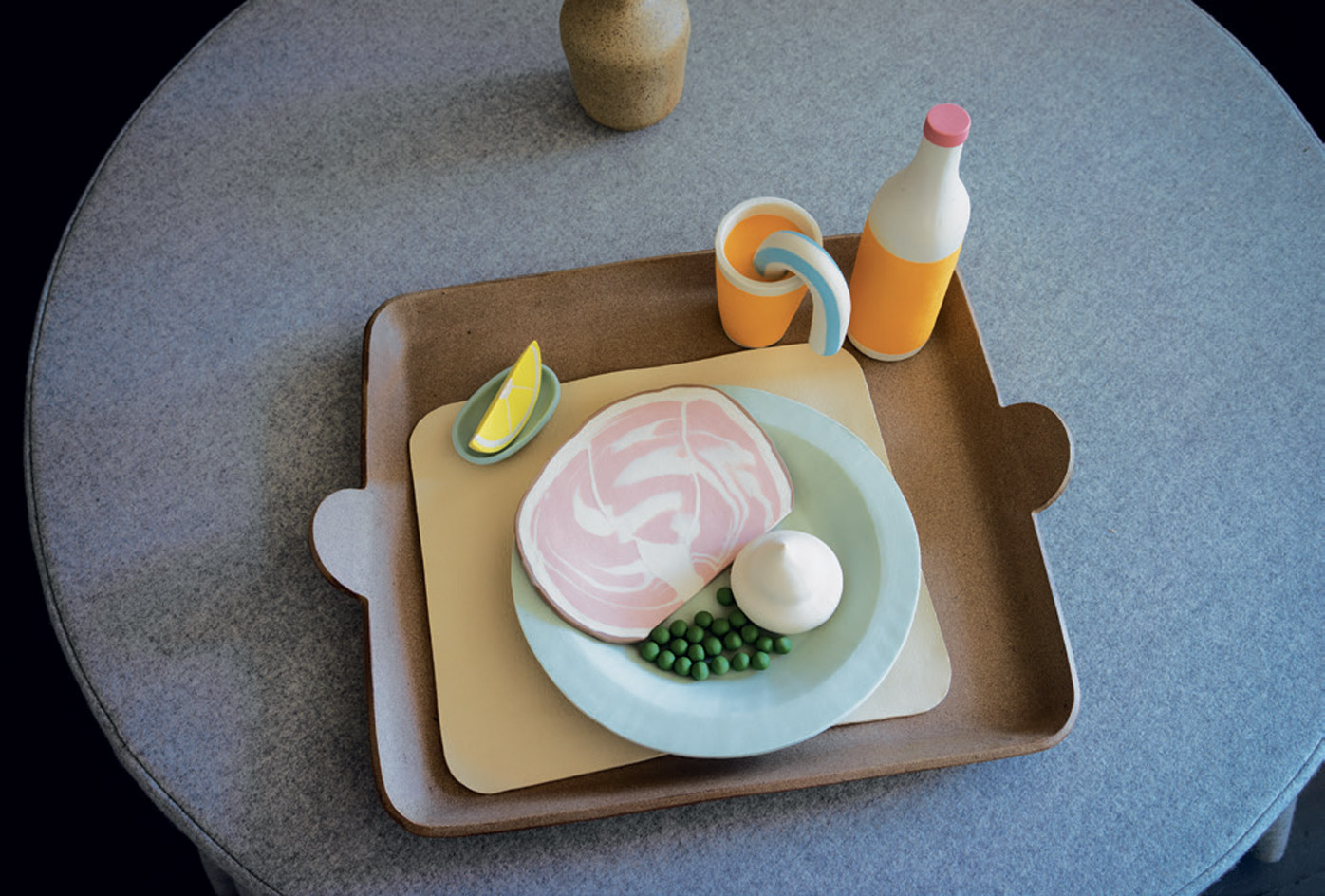
Sculptures and a custom-made plinth for Genesis Belanger’s Aldrich show, comprising a tray of 1950s food that the artist calls ‘so weird and strange, and kind of gross’.
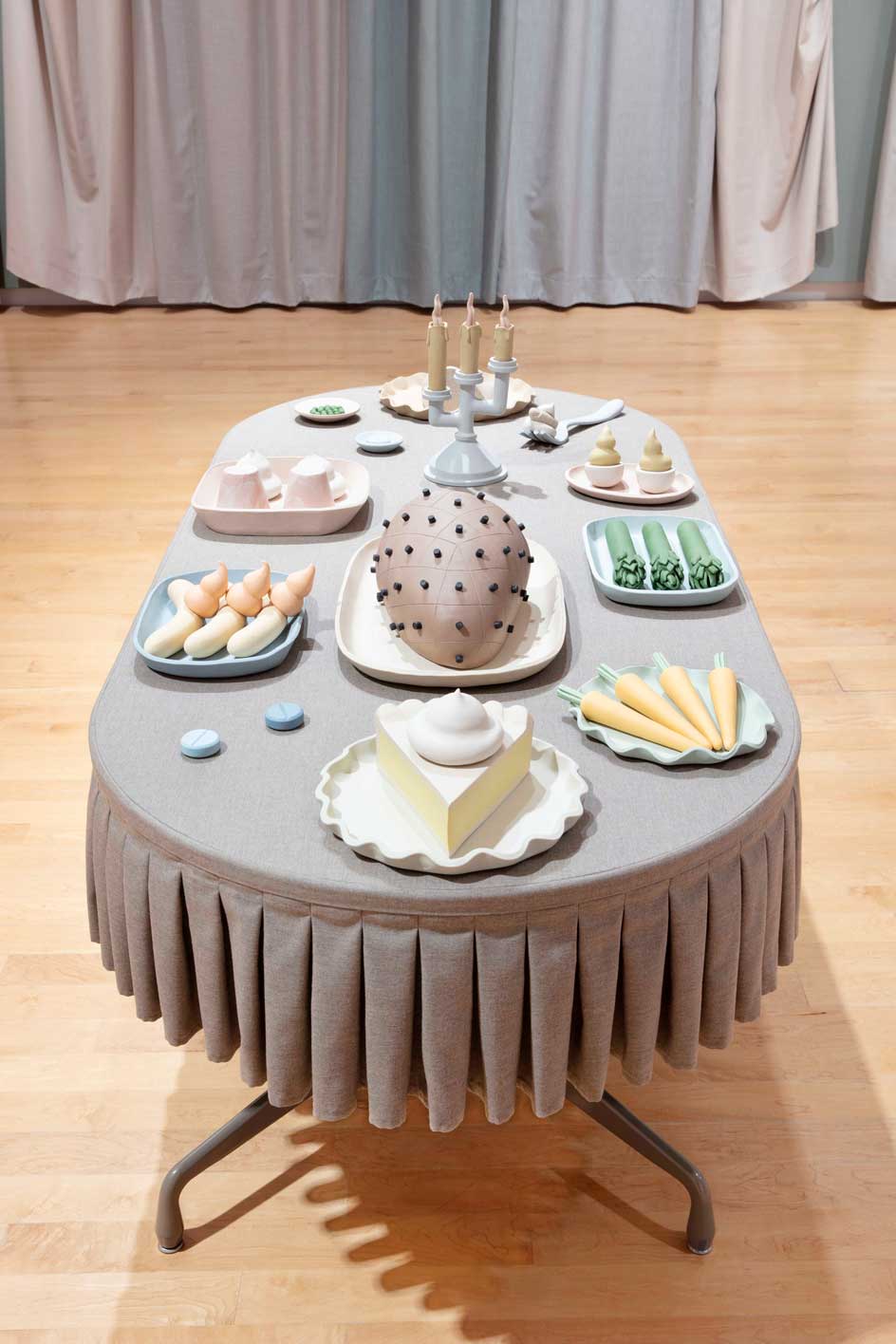
Genesis Belanger, A Fortress of Order and Generosity (foreground, installation view), 2020, The Aldrich Contemporary Art Museum, September 21, 2020 to May 9, 2021, Courtesy of the artist and Perrotin, New York.
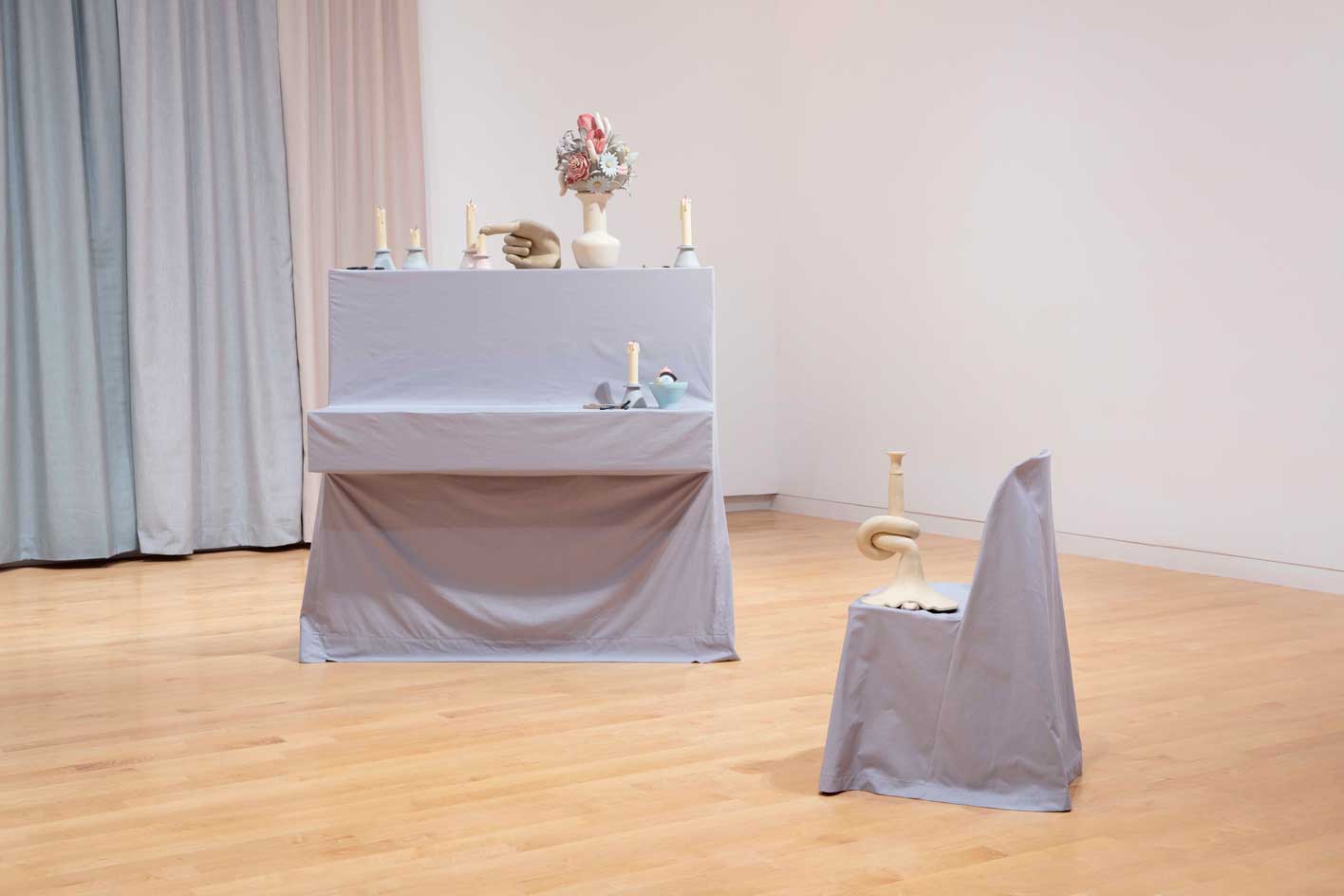
Genesis Belanger: 'Through the Eye of a Needle' (installation view), The Aldrich Contemporary Art Museum, September 21, 2020 to May 9, 2021. Courtesy of the artist and Perrotin, New York.
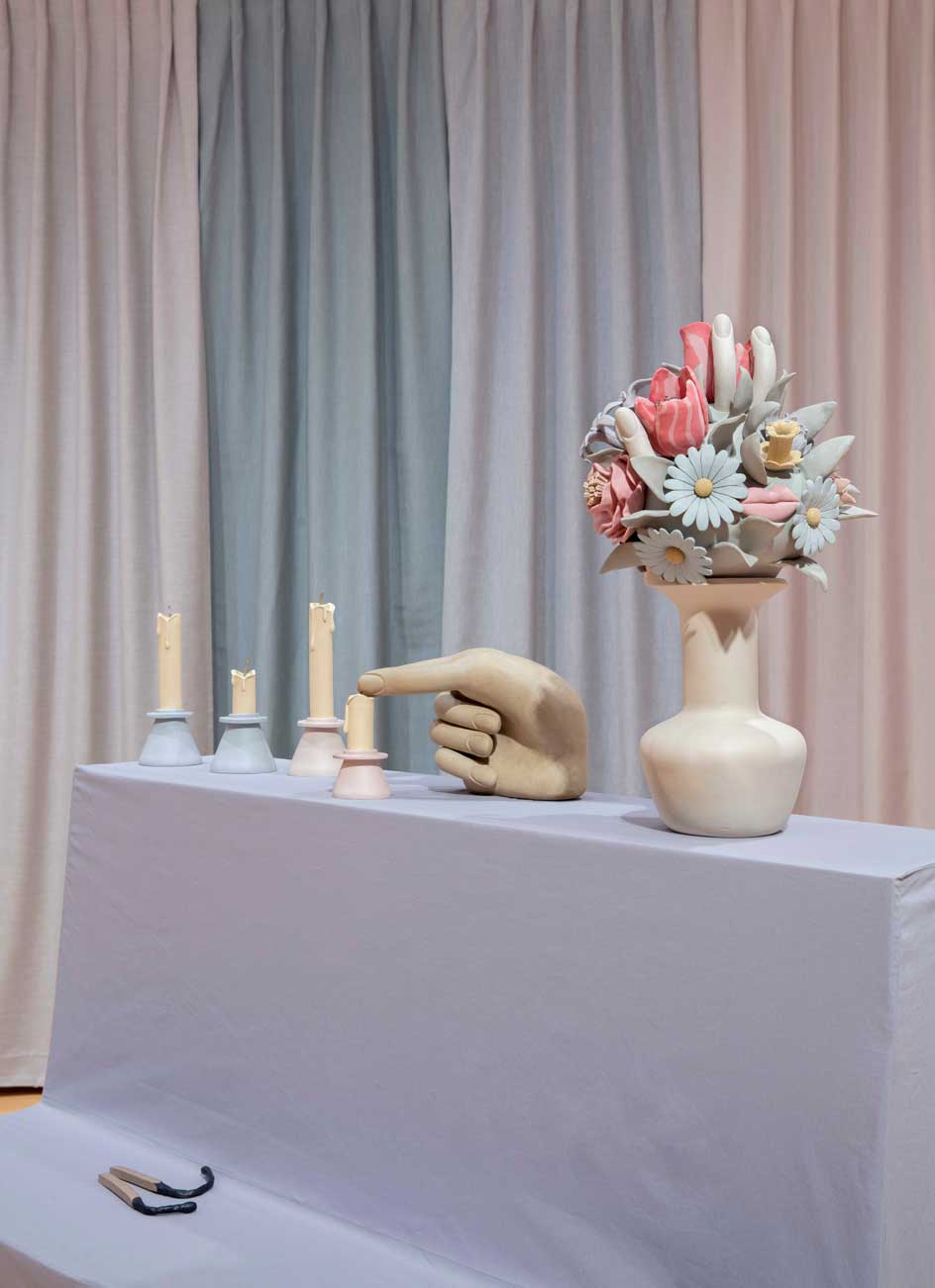
Genesis Belanger: 'Through the Eye of a Needle' (installation view), The Aldrich Contemporary Art Museum, September 21, 2020 to May 9, 2021. Courtesy of the artist and Perrotin, New York.
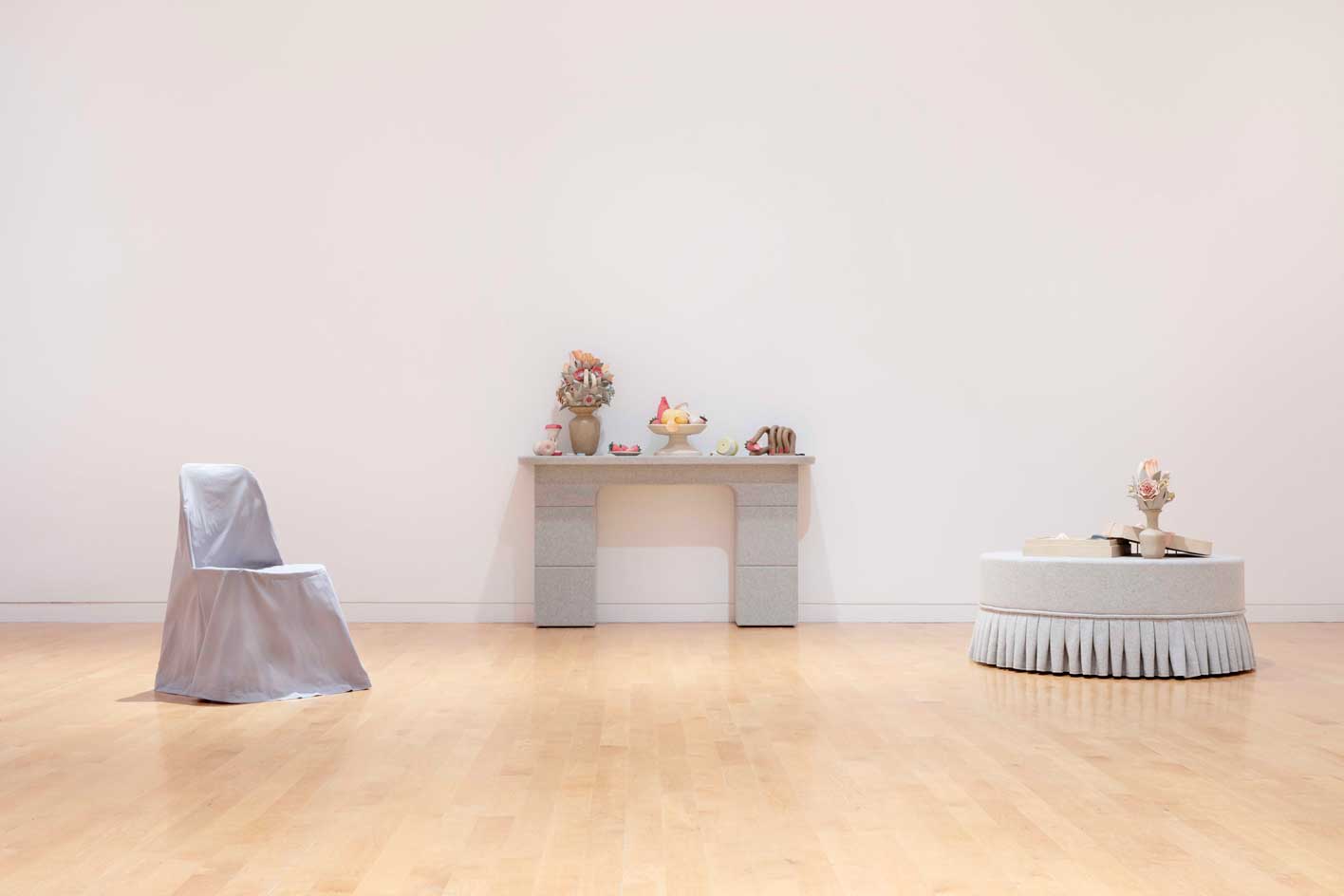
Genesis Belanger: ’Through the Eye of a Needle’ (installation view), The Aldrich Contemporary Art Museum, September 21, 2020 to May 9, 2021. Courtesy of the artist and Perrotin, New York.
INFORMATION
Wallpaper* Newsletter
Receive our daily digest of inspiration, escapism and design stories from around the world direct to your inbox.
Genesis Belanger, ‘Through the Eye of a Needle’, until 9 May 2021, The Aldrich Contemporary Art Museum
ADDRESS
258 Main St
Ridgefield
CT 06877
TF Chan is a former editor of Wallpaper* (2020-23), where he was responsible for the monthly print magazine, planning, commissioning, editing and writing long-lead content across all pillars. He also played a leading role in multi-channel editorial franchises, such as Wallpaper’s annual Design Awards, Guest Editor takeovers and Next Generation series. He aims to create world-class, visually-driven content while championing diversity, international representation and social impact. TF joined Wallpaper* as an intern in January 2013, and served as its commissioning editor from 2017-20, winning a 30 under 30 New Talent Award from the Professional Publishers’ Association. Born and raised in Hong Kong, he holds an undergraduate degree in history from Princeton University.
-
 Put these emerging artists on your radar
Put these emerging artists on your radarThis crop of six new talents is poised to shake up the art world. Get to know them now
By Tianna Williams
-
 Dining at Pyrá feels like a Mediterranean kiss on both cheeks
Dining at Pyrá feels like a Mediterranean kiss on both cheeksDesigned by House of Dré, this Lonsdale Road addition dishes up an enticing fusion of Greek and Spanish cooking
By Sofia de la Cruz
-
 Creased, crumpled: S/S 2025 menswear is about clothes that have ‘lived a life’
Creased, crumpled: S/S 2025 menswear is about clothes that have ‘lived a life’The S/S 2025 menswear collections see designers embrace the creased and the crumpled, conjuring a mood of laidback languor that ran through the season – captured here by photographer Steve Harnacke and stylist Nicola Neri for Wallpaper*
By Jack Moss
-
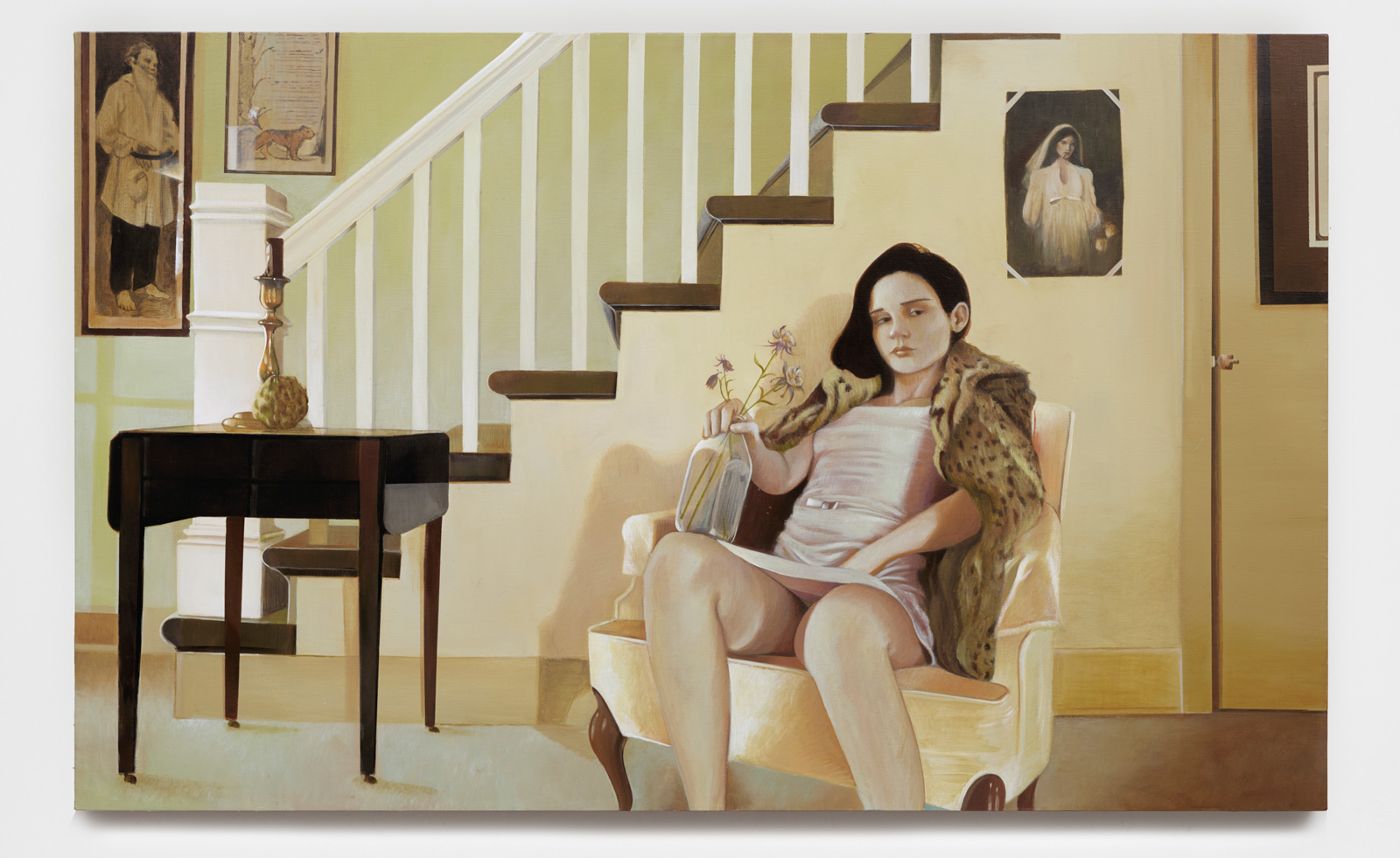 Leonard Baby's paintings reflect on his fundamentalist upbringing, a decade after he left the church
Leonard Baby's paintings reflect on his fundamentalist upbringing, a decade after he left the churchThe American artist considers depression and the suppressed queerness of his childhood in a series of intensely personal paintings, on show at Half Gallery, New York
By Orla Brennan
-
 Desert X 2025 review: a new American dream grows in the Coachella Valley
Desert X 2025 review: a new American dream grows in the Coachella ValleyWill Jennings reports from the epic California art festival. Here are the highlights
By Will Jennings
-
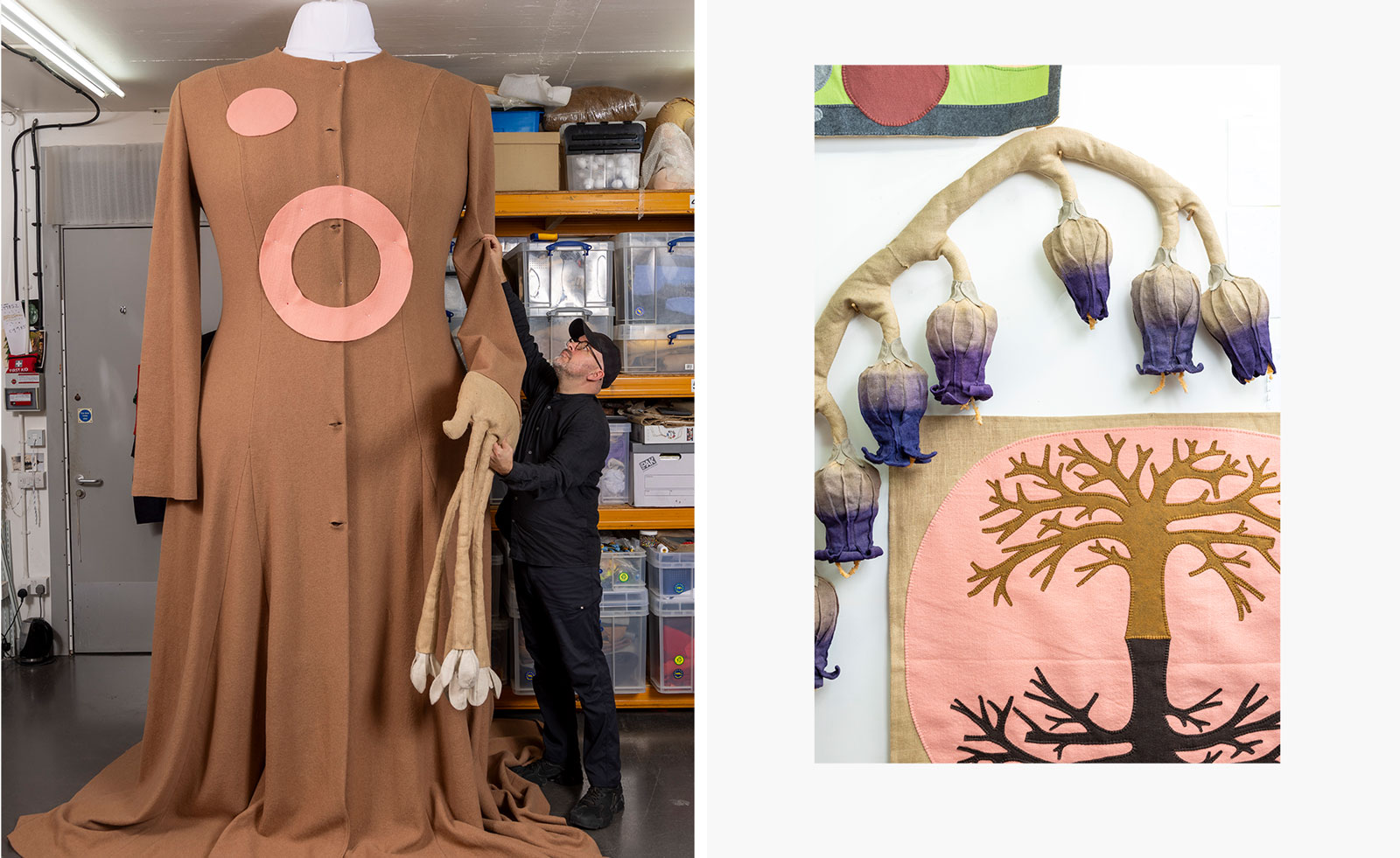 'We need to be constantly reminded of our similarities' – Jonathan Baldock challenges the patriarchal roots of a former Roman temple in London
'We need to be constantly reminded of our similarities' – Jonathan Baldock challenges the patriarchal roots of a former Roman temple in LondonThrough use of ceramics and textiles, British artist Jonathan Baldock creates a magical and immersive exhibition at ‘0.1%’ at London's Mithraum Bloomberg Space
By Emily Steer
-
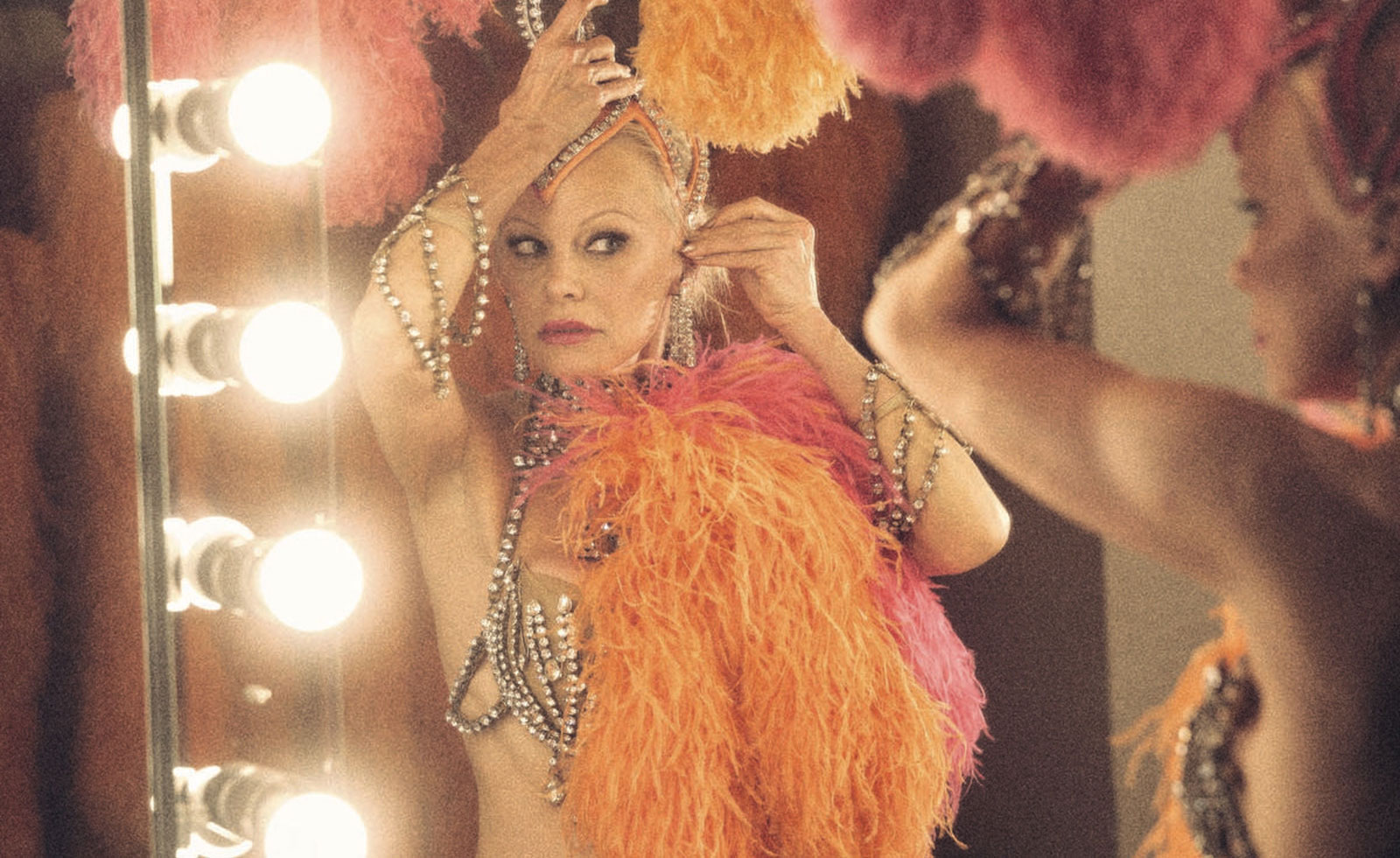 In ‘The Last Showgirl’, nostalgia is a drug like any other
In ‘The Last Showgirl’, nostalgia is a drug like any otherGia Coppola takes us to Las Vegas after the party has ended in new film starring Pamela Anderson, The Last Showgirl
By Billie Walker
-
 ‘American Photography’: centuries-spanning show reveals timely truths
‘American Photography’: centuries-spanning show reveals timely truthsAt the Rijksmuseum in Amsterdam, Europe’s first major survey of American photography reveals the contradictions and complexities that have long defined this world superpower
By Daisy Woodward
-
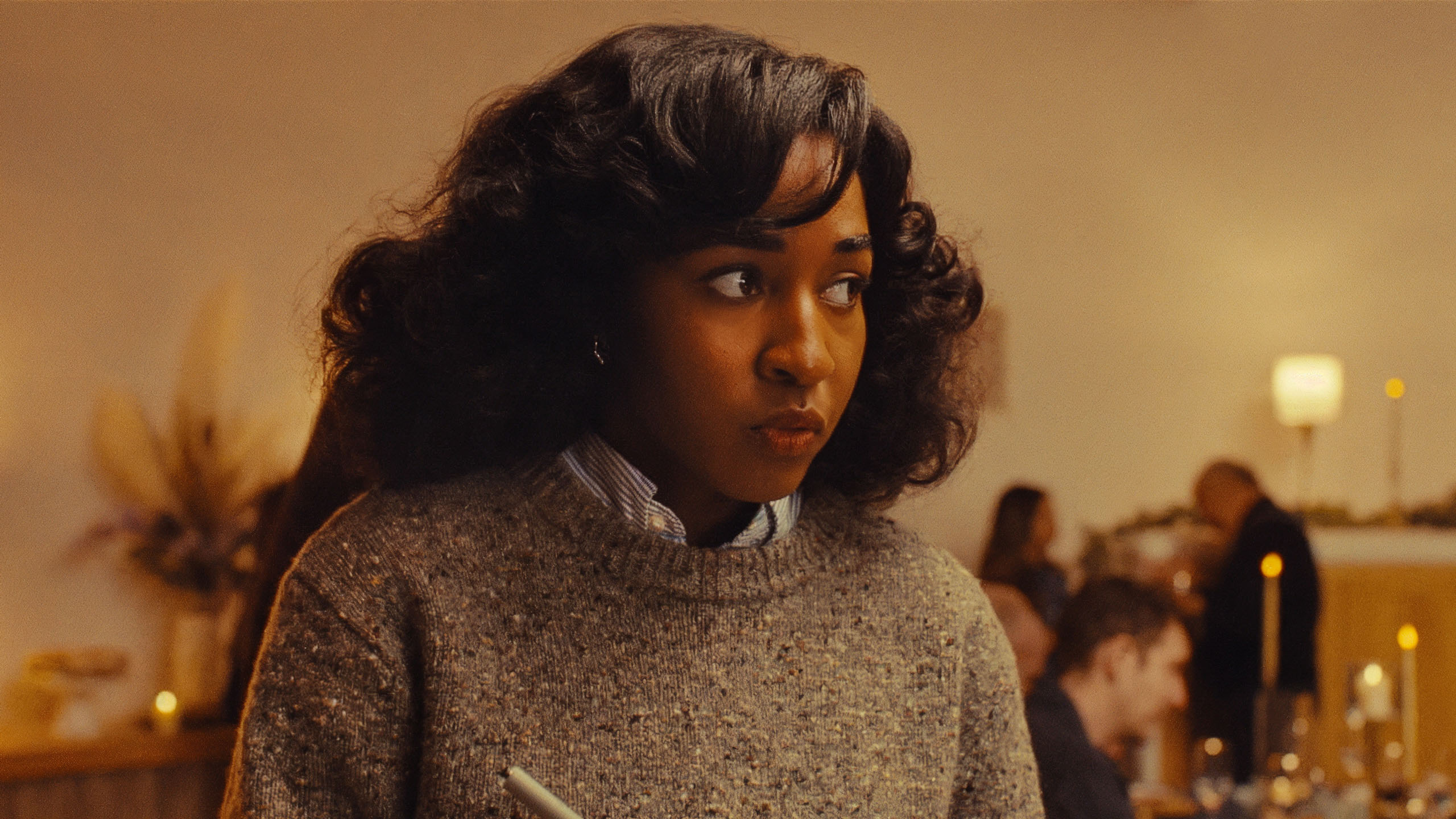 Sundance Film Festival 2025: The films we can't wait to watch
Sundance Film Festival 2025: The films we can't wait to watchSundance Film Festival, which runs 23 January - 2 February, has long been considered a hub of cinematic innovation. These are the ones to watch from this year’s premieres
By Stefania Sarrubba
-
 What is RedNote? Inside the social media app drawing American users ahead of the US TikTok ban
What is RedNote? Inside the social media app drawing American users ahead of the US TikTok banDownloads of the Chinese-owned platform have spiked as US users look for an alternative to TikTok, which faces a ban on national security grounds. What is Rednote, and what are the implications of its ascent?
By Anna Solomon
-
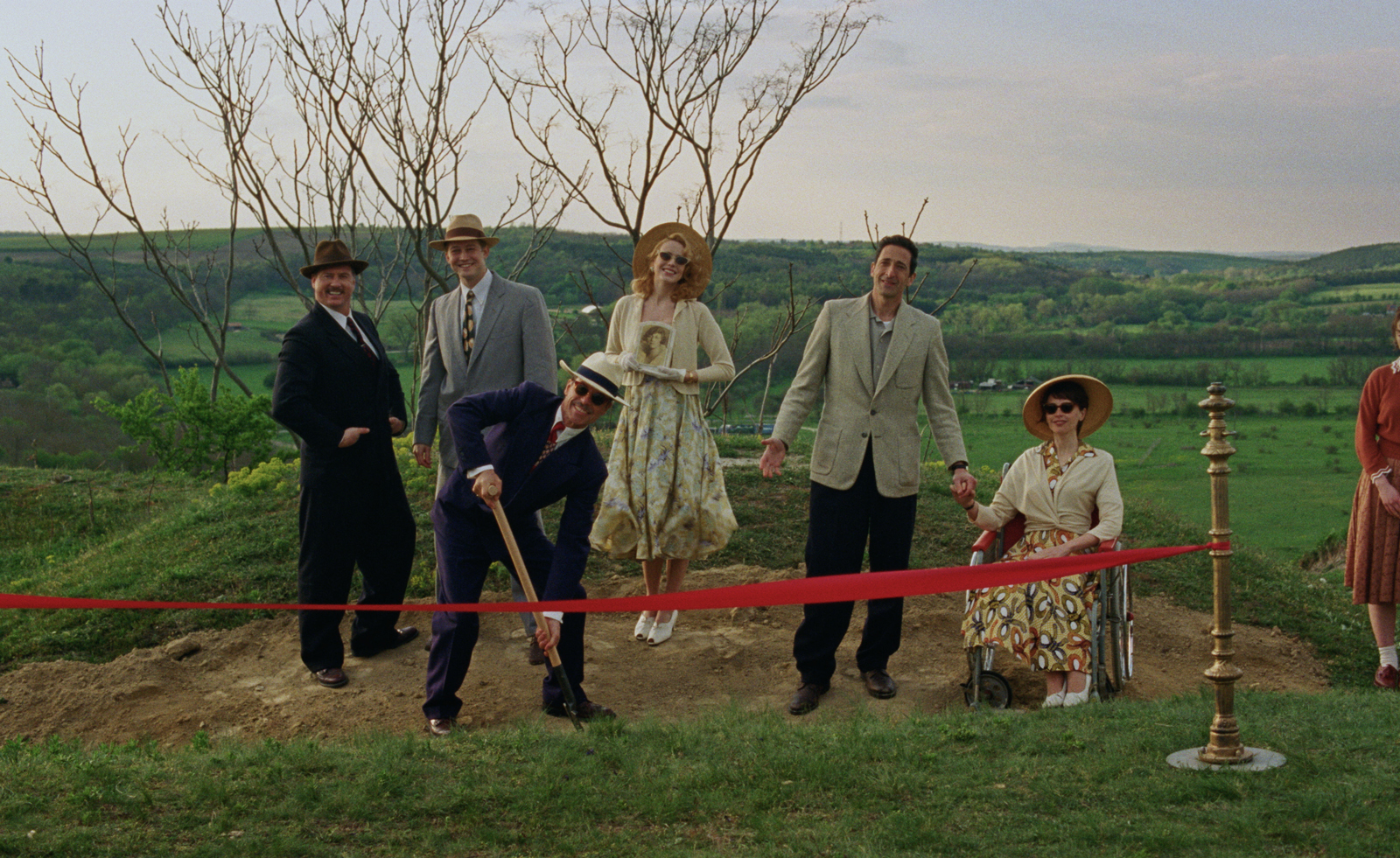 Architecture and the new world: The Brutalist reframes the American dream
Architecture and the new world: The Brutalist reframes the American dreamBrady Corbet’s third feature film, The Brutalist, demonstrates how violence is a building block for ideology
By Billie Walker